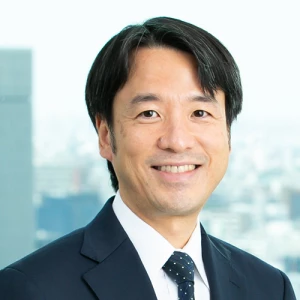Our Approach to Supporting Power and Utilities Players
At BCG, we use our deep commercial, technical, and regulatory expertise to support a broad range of companies, advising both regulated and unregulated power and gas players worldwide on their transmission and distribution, generation, and retail businesses.
Our power and utilities consulting team enables companies to set a strategic direction and drive toward a net zero future. In addition to advising on strategy, we help our clients build new capabilities, such as flexibility management, and solve difficult operational issues, such as delivering massive capital projects in a supply chain-constrained environment. We also support their engagement with governments and regulators on market design and regulatory reviews.

Zero-Ready Strategic Direction
We help companies both design regulatory and market development strategies and create operating models to push them toward net zero. With gas players, this involves preparing for an existential transformation, as electrification leads to a reduction in demand for gas, while renewable fuels (such as hydrogen and biogas) are expected to replace natural gas in many sectors that are hard to electrify.
Zero-Ready Ways of Working
We support our clients in evolving the ways they work across the following three key areas of change:
- Plan and Fund the Next Generation of Energy Systems: Our gas and electric power consulting team helps clients build capabilities and design their transmission and distribution networks to enable the uptake and utilization of renewable energy resources, including distributed energy resources (DERs), and electrification of future demand. We help players not only make smart decisions across interconnected energy commodities but also take into account the impact of climate change.
- Design, Build, and Connect for the Future: Power and utilities companies today face significant challenges building the infrastructure needed to enable a decarbonized world, and doing so at an unprecedented speed and scale. Our utilities consulting team helps clients de-risk the delivery of large capital programs and megaprojects and operate effectively in a constrained supply market. We help companies both build advanced internal capabilities, such as digitally enabled engineering, and redesign connection processes to accommodate renewables, new load, and battery storage.
- Operate and Balance the Network: Our power transmission and distribution clients need to manage supply and demand that is far more volatile than it was in the past. This requires both changes in systems and tools to ensure much greater system visibility and new ways of interacting with customers. We help players unlock hidden capacity in power systems through a range of approaches.
Zero-Ready Initiatives for a Cost-Effective Energy Transition
We use AI to help power and utilities companies cut their Scope 1 and Scope 2 emissions, achieve end-to-end productivity improvements (from advanced asset management to field-force efficiency), and lower the risk of wildfires through better vegetation management. By doing so, we help reduce not only companies’ costs but also their carbon impact. In the case of emissions, we begin by carrying out an assessment by scope. Next, we create initiatives, such as fleet electrification and routing optimization, that enable companies to achieve their net zero targets, using computer models to simulate the effect on emissions and costs. We then develop a sequenced roadmap of initiatives, starting with the highest-impact ones. Finally, we monitor client emissions to ensure that the roadmap is successful.
Our Clients’ Success in Power and Utilities

Our Power and Utilities Solutions and Tools
Asset Intelligence in Power Generation
Asset Intelligence in Power Generation
Deep Customer Engagement AI by BCG X
Networks.AI
Networks.AI
Our Latest Insights on Power and Utilities





Meet Some of Our Power and Utilities Consulting Leaders











